Repetition of form and color in the garden
bahia
12 years ago
Related Stories
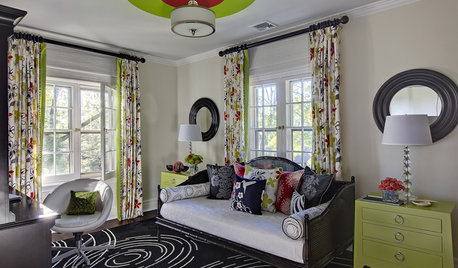
DECORATING GUIDESHow Repetition Helps Rooms Shape Up
To give your interior designs a satisfying sense of rhythm, just add circles, squares or rectangles and repeat
Full Story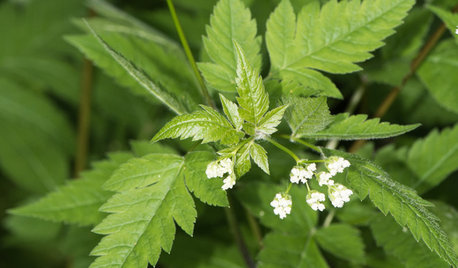
GARDENING GUIDESGreat Design Plant: Osmorhiza Longistylis Provides Texture and Form
Plant longstyle sweetroot in midwestern and eastern U.S. woodland gardens for its fern-like foliage and crisp white flowers
Full Story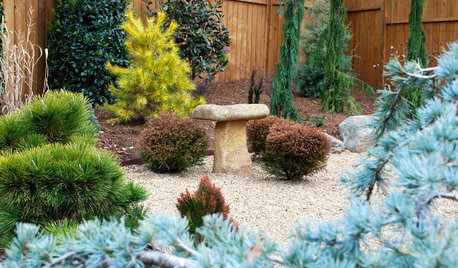
PLANTING IDEASDesigning With Conifers: Personality and Form in the Garden
Unique and full of interest, well-shaped conifers await a place your yard
Full Story
TREES11 Japanese Maples for Breathtaking Color and Form
With such a wide range to choose from, there’s a beautiful Japanese maple to suit almost any setting
Full Story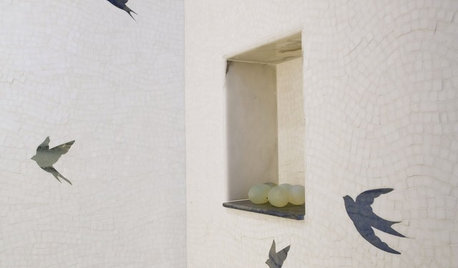
DECORATING GUIDESMosaics Bring a Classical Art Form Home
Tile Art Adds Personal Style to a Backsplash, Bathroom, Fireplace or Patio
Full Story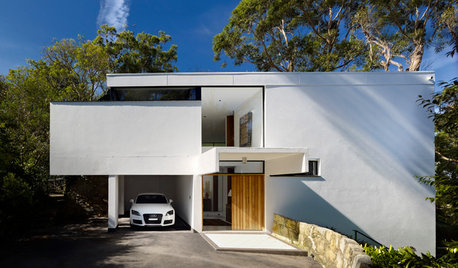
MODERN ARCHITECTURERoots of Style: International Style Celebrates Pure Form
Using technology and materials of the time, International style is always current. See its expression in these 16 homes around the world
Full Story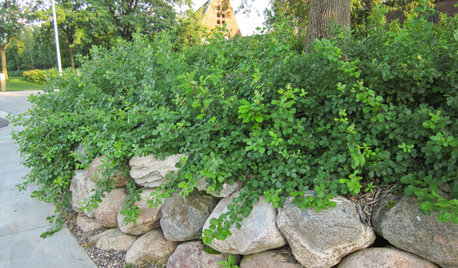
GARDENING GUIDESGreat Design Plant: Rhus Aromatica ‘Gro-Low’ Handles Many Tough Sites
Plant ‘Gro-Low’ fragrant sumac in eastern and midwestern U.S. gardens for its tolerance of tough sites, spreading form and orange fall color
Full Story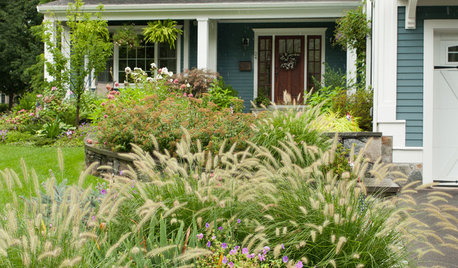
LANDSCAPE DESIGNGreat Design Plant: Lively Fountain Grass Thrives Just About Anywhere
Enjoy fountain grass for its exuberant form, long-lasting color and texture for borders and more
Full Story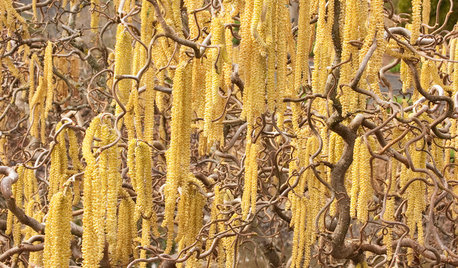
GARDENING GUIDESGreat Design Plant: Harry Lauder's Walking Stick
"Gnarly" is a compliment here — a twisted form and yellow catkins make this plant unforgettable in the winter landscape
Full Story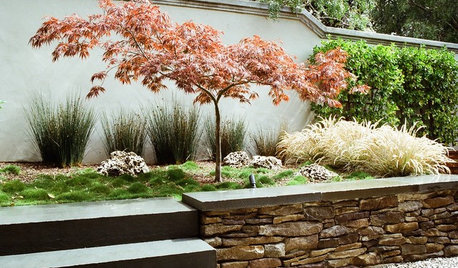
GARDENING AND LANDSCAPINGGreat Design Tree: Japanese Maple
Lacy form and fiery fall color make Japanese maple a welcome tree for garden or patio
Full Story





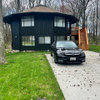


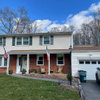
gardengal48 (PNW Z8/9)
bahiaOriginal Author
Related Professionals
Fort Lee Landscape Architects & Landscape Designers · Saint Charles Landscape Architects & Landscape Designers · Simi Valley Landscape Architects & Landscape Designers · Fort Myers Landscape Contractors · Hawaii Landscape Contractors · Manhattan Landscape Contractors · Palatine Landscape Contractors · Pleasant Grove Landscape Contractors · Tuscaloosa Landscape Contractors · Crowley Landscape Contractors · Bloomington Decks, Patios & Outdoor Enclosures · Diamond Bar Decks, Patios & Outdoor Enclosures · Freehold Decks, Patios & Outdoor Enclosures · Salt Lake City Decks, Patios & Outdoor Enclosures · Grand Rapids Swimming Pool BuildersbahiaOriginal Author
bahiaOriginal Author
drtygrl
gardengal48 (PNW Z8/9)
woodyoak zone 5 southern Ont., Canada
stevega
bahiaOriginal Author
mjsee